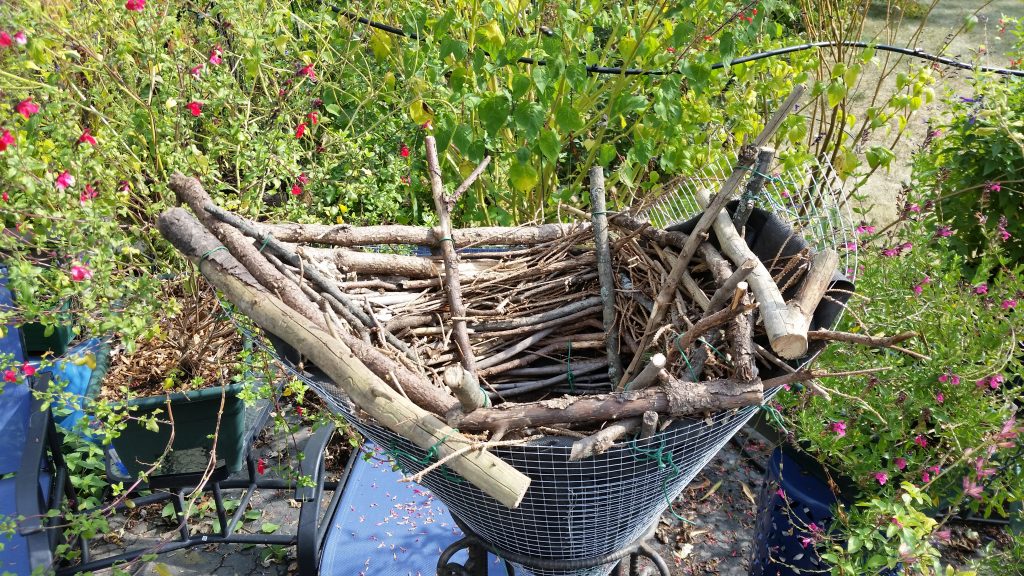 Photo ©
Contributed
Photo ©
Contributed
Hoot Suite
The leaves are falling and the owls are hooting. During autumn, juveniles disperse and males stand guard on their territories resulting in increased vocalization among the who’s who of the owl world. Now is the time to build and install owl nest boxes or in the case of Great Horned Owls, a nest cone. Find out what owls live in your region and habitat, and download a free plan using our Right Bird, Right House tool.
Try your hand at our easiest project, a Great Horned Owl nest cone. Why a cone? Great Horned Owls are extraordinarily adaptive in their nest site selection. They use old nests such as those of a Red-tailed Hawk or an American Crow, cliffs, deserted buildings, tree snags, and one NestWatcher even reported a nest in her balcony flower pot! They do not need anything fancy and our nest cone mimics an “old” bird nest. These owls are widespread across North America and readily adapt to a range of habitats.
If you decide to create a nest cone, we received some helpful tips from a NestWatcher:
 Photo ©
Photo ©